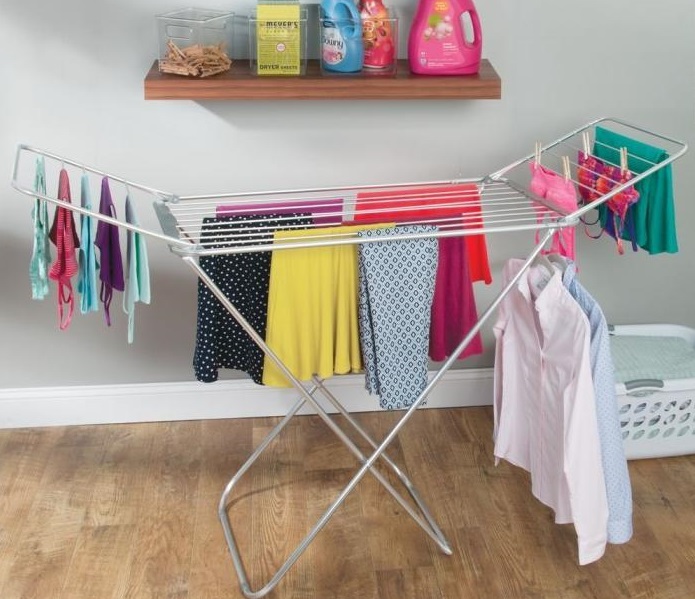Home renovations can be challenging, but they can also be incredibly rewarding. Not only do they give you the opportunity to improve the look and feel of your home both inside and out, but home renovations also give you a chance to make your house or apartment considerably more eco-friendly.
It all hinges on sustainability and the need to ensure we can maintain what we have without compromising the needs of future generations.
Apart from choosing renovation projects that will make your house look better in an aesthetic kind of way, you can focus on reducing any negative environmental impacts your home may produce and on increasing the health and comfort of those people who live with you in your home.

pixabay.com
The steps you can take range from upgrading elements like insulation and reducing waste to replacing old, energy-gobbling appliances with eco-friendly machines that have been certified by Energy Star, and bathroom fixtures and fittings with items certified by WaterSense.
Home Renovation That Reduces Negative Impacts on the Environment
To reduce the negative impacts any building has on the environment you need to identify what they are and what causes them.
Fossil fuels do more damage than many people realize both in terms of the manufacture of materials and the operation of machinery and appliances in buildings.
Energy consumption, using processes that rely on fossil fuels, is responsible for as much as a quarter of the harmful greenhouse gas emissions worldwide. By opting for renewable energy, you will immediately reduce many of the harmful impacts that are destroying the planet. There absolutely no doubt that maximizing energy performance for everything that needs energy including appliances, electronics, and space and water heating pays dividends.
Switching to solar energy is an obvious eco-friendly solution and one that is proven to reduce energy costs. Other eco-friendly, renewable energy resources include natural geothermal power, wind energy, and biomass.
By making positive changes to elements used for the general operation of the building, including air quality, lighting, and all-important heating, ventilation, and air-conditioning (HVAC), you will be taking a very positive step.
Swapping old plumbing fixtures and fittings can reduce water usage by about 30% and save an incredible amount of water. Harvesting free-from-the-sky rainwater and channeling and utilizing gray-water from washing machines, dishwashers and so on for use in gardens and for flushing toilets, all adds to water conversation.
If you’re going to be repainting (and how many home renovation projects don’t include a good paint job?) or stripping and resealing wood, be sure to use products that don’t contain harmful volatile organic compounds (VOCs).
Other ways to reduce negative impacts on the environment include switching to non-toxic pest control of animals like rats and mice as well as weeds in the garden. It isn’t that hard to find good natural remedies for pests.
Additionally, when you renovate your home, look for organic materials and materials that have been manufactured and produced in a responsible manner. Also consider recycled materials.
Home Renovation That Increases Health and Comfort
We all want to live in a healthy, comfortable environment, and it really isn’t that difficult. Again, the key lies primarily with HVAC, energy-efficient lighting, and the quality of air indoors.
Admittedly these are elements that will require the assistance of qualified professionals including electricians, plumbers, and even engineering firms that offer services in plumbing, electrics, HVAC, and more specialized mechanical, electrical, and plumbing (MEP) services. So, depending on where you live, you might need to enlist the services of a Chicago engineering firm or a company that operates out of New York.
A LEED AP (who is an accredited professional with the U.S. Green Building Council’s Leadership in Energy and Environmental Design) has the training to improve the water- and energy-efficiency of homes, and to make changes that will make them considerably more comfortable and healthy.
The quality of air is extremely important, and this will involve improved ventilation, air filtering, possibly combustion venting, and certainly the installation of a heating and cooling distribution system that is perfectly balanced.
Well-designed controlled ventilation ensures that our homes have healthy air for us to breathe all day (and night) long. It also goes a long way to protecting us from the many health risks that pollution of indoor air can pose.
Controlled ventilation also limits the infiltration of moisture which, in turn, helps to eliminate the possibility of toxic mold developing. If you can afford to include a major ventilation upgrade in your home renovation project, do so.
Improving insulation is another good remedy that will add to the sustainability of your home. Apart from anything else, a well-insulated home will be protected from the outside elements, keeping you cool in summer and warm in winter. It also plays an important role in terms of air quality.
But be sure to use eco-friendly insulation materials like cellulose, spray foam, cotton, or sheep’s wool. Rockwool is often punted as being eco-friendly, but it really doesn’t score very well environmentally because of the processes used to extract the materials. Additionally, standard Rockwool products contain some formaldehyde.
At the end of the day, renovating your home in an eco-friendly way not only helps to save the planet, it also enables you to save money. While it is true that it will cost you to install renewable technologies, but you will eventually cut down on costs as a result.
That’s one good reason why you should consider hiring a professional company that, for instance, offers mechanical engineering services in Chicago, New York, or the two or city where you live, to help you make an impact on the way your home operates.






